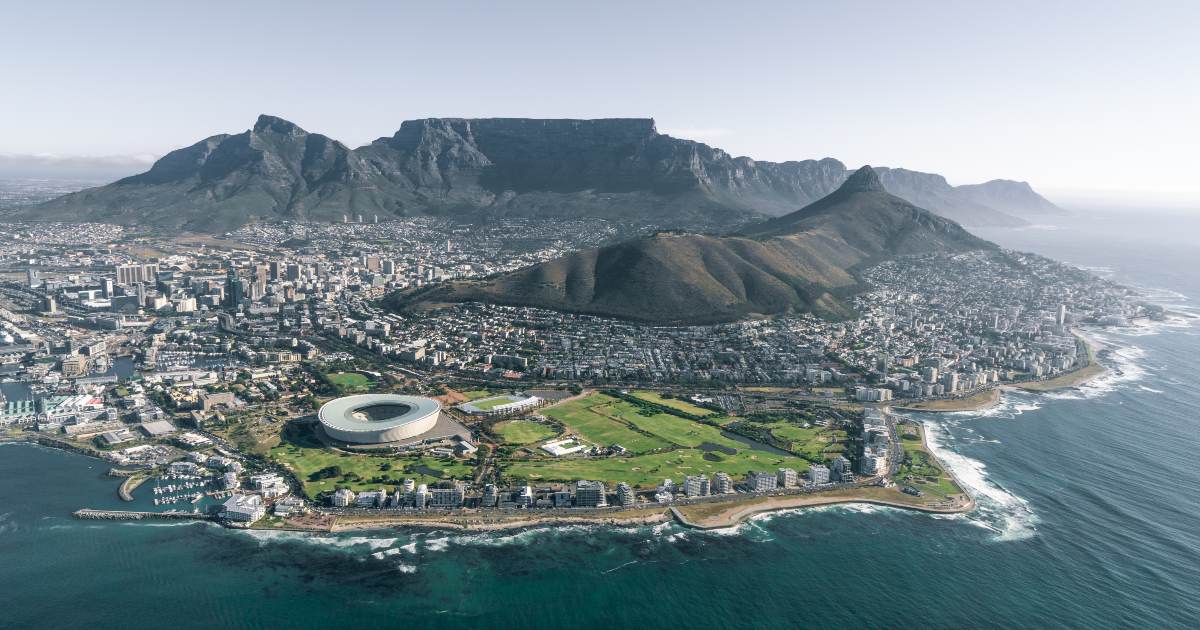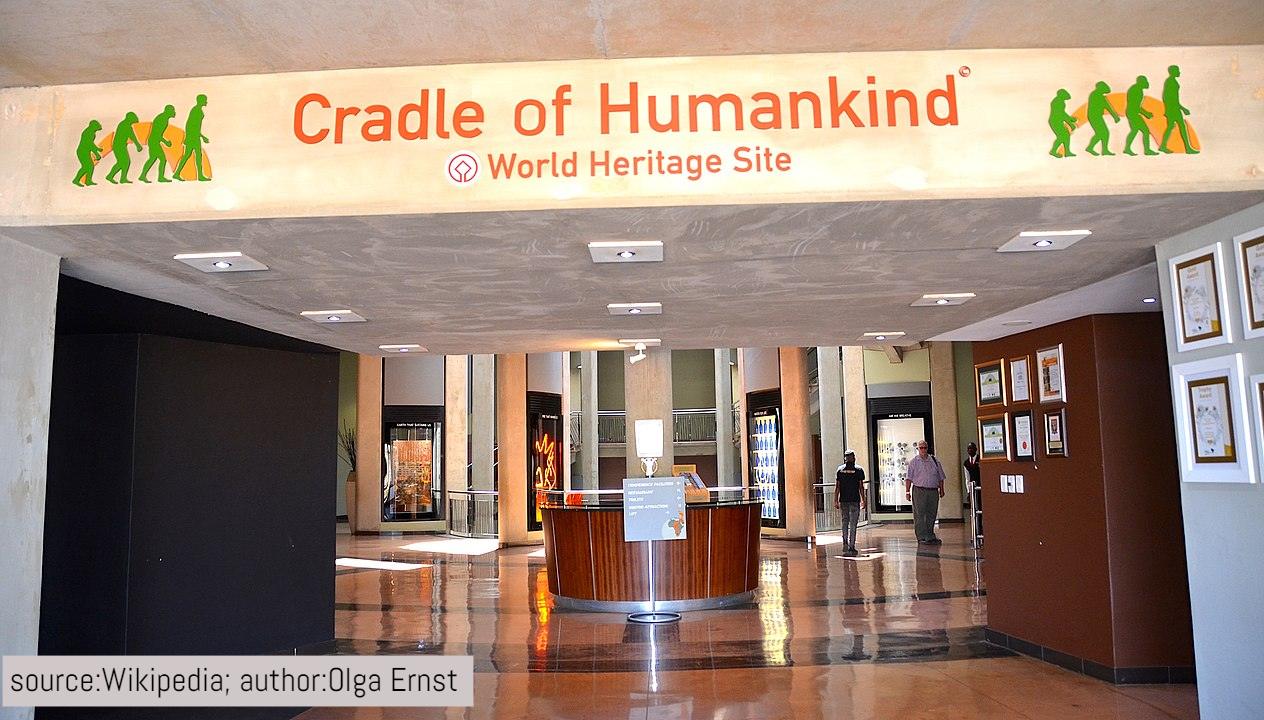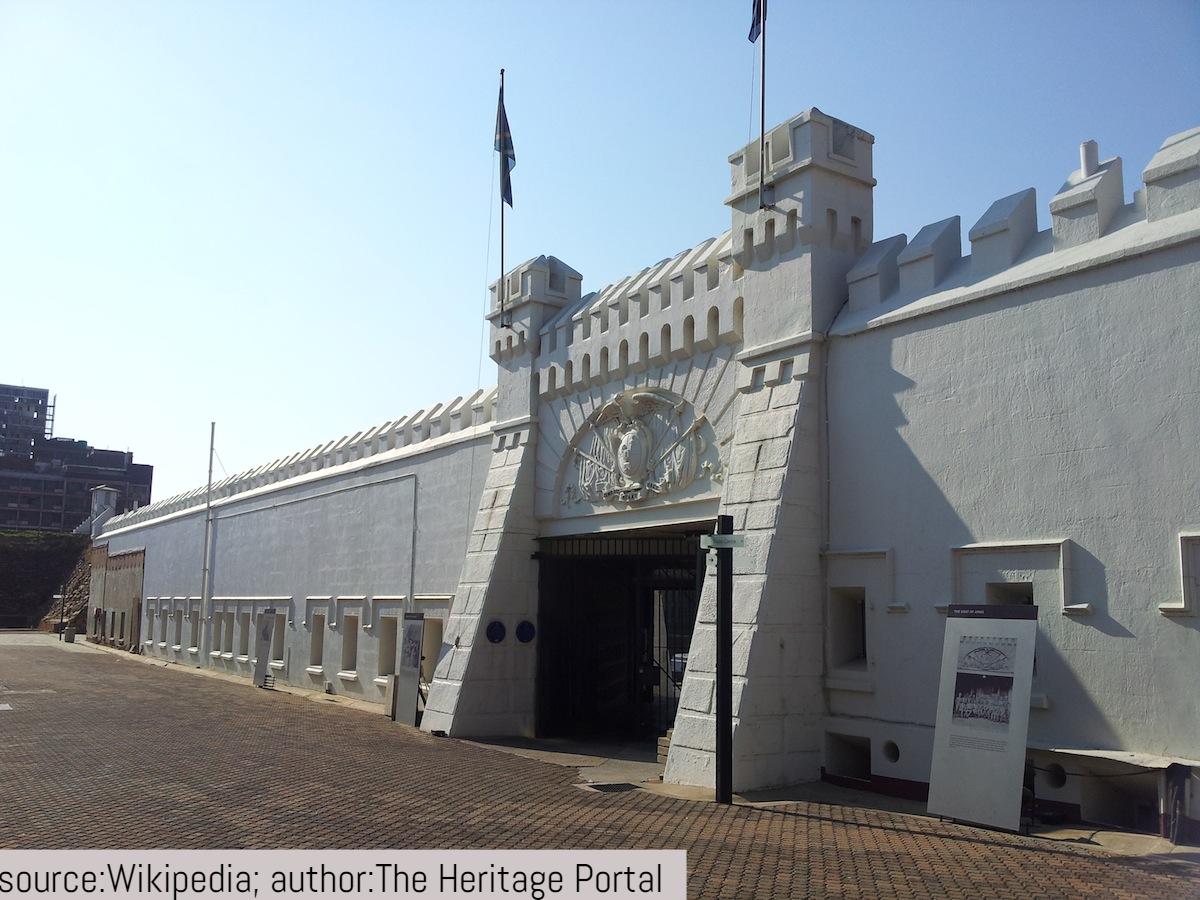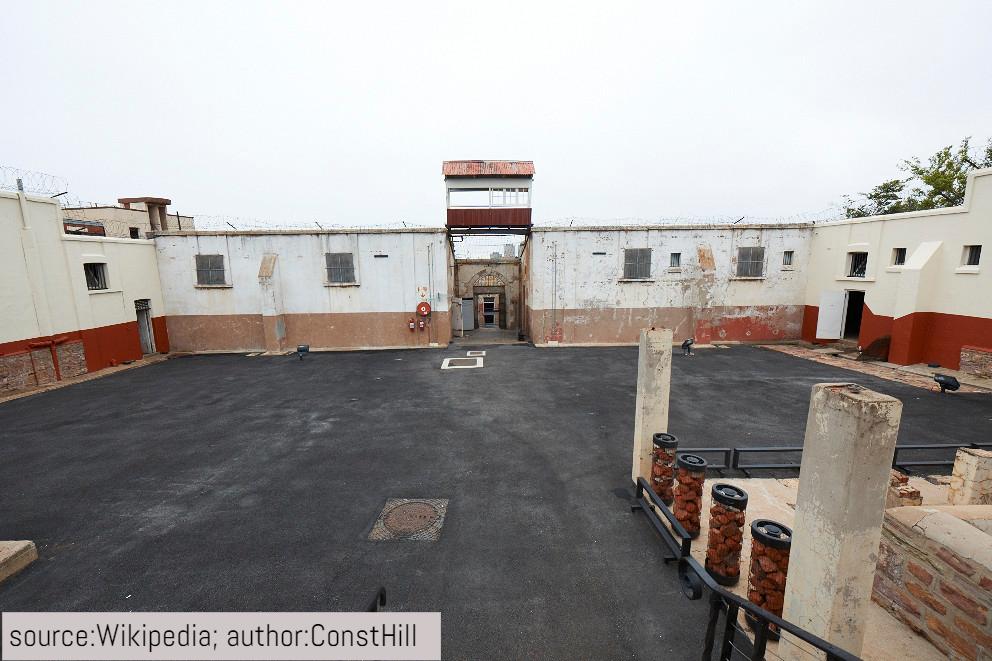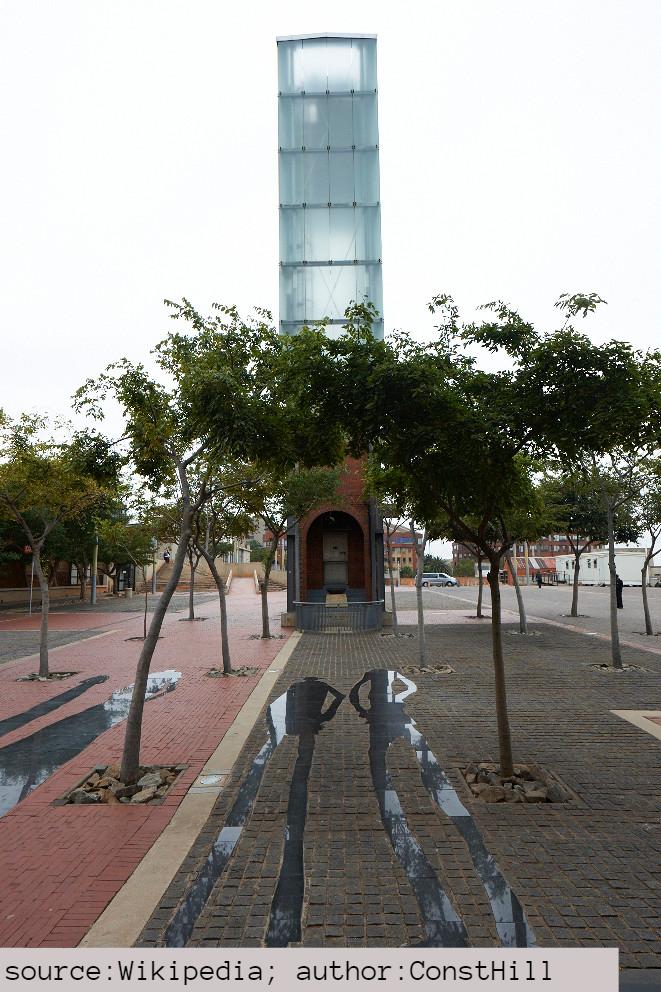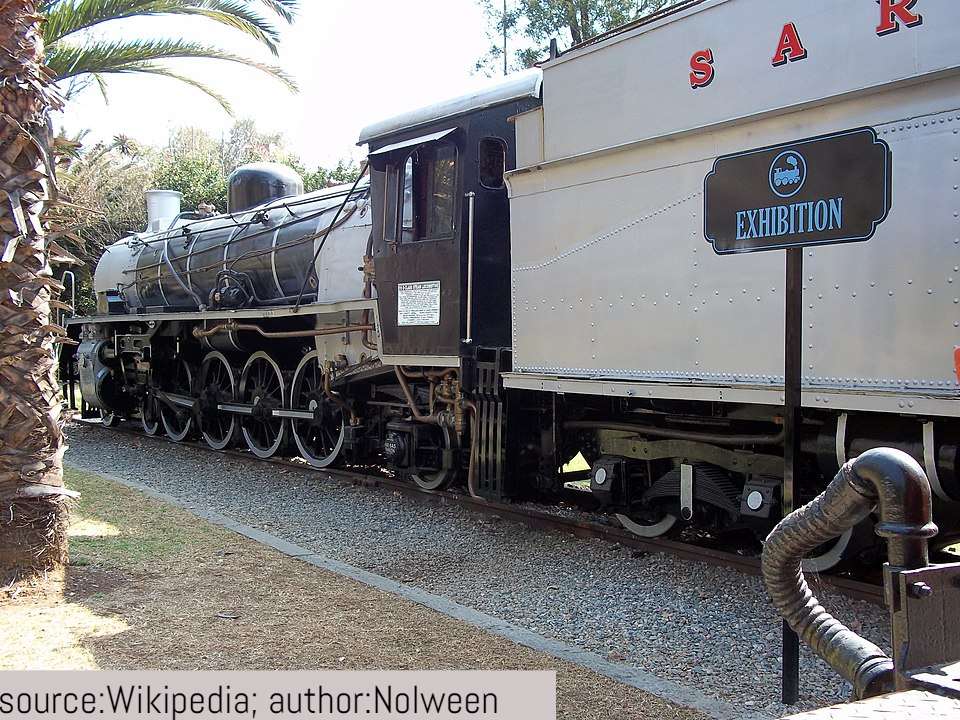When to visit South Africa during the year?
South Africa is a country of diverse climates and seasons, making it a year-round destination for travelers. The summer months from December to February offer warm, sunny weather, perfect for beach holidays along the Cape Coast and wildlife spotting in Kruger National Park. Autumn (March to May) sees cooler temperatures and the stunning transformation of foliage in the garden routes. Winter (June to August) is an ideal time for whale watching in Hermanus and exploring the Drakensberg mountain range, with crisp clear skies. Spring (September to November) brings wildflowers to the Namaqualand region, attracting nature lovers. Overall, if you seek wildlife experiences, summer and autumn are prime seasons.
How to get to South Africa?
Traveling to South Africa is easy thanks to its well-connected transport networks. International flights land primarily in Johannesburg's OR Tambo Airport, which serves as the main hub. Other airports like Cape Town International and Durban's King Shaka also cater to international travelers. Buses and trains connect major cities, making road trips a popular choice as well. Depending on where you're coming from, there are various travel options available.
- Main airports include OR Tambo International (JNB), Cape Town International (CPT), and Durban King Shaka (DUR). Major routes exist from all continents, including:
- North America: JFK to JNB (approx. 15 hours)
- Europe: LHR to JNB (approx. 11 hours)
- Asia: HKG to CPT (approx. 13 hours)
- Australia: SYD to JNB (approx. 14 hours)
- Low-cost airlines: Mango, FlySafair.
- Popular connections: JNB to CPT, JNB to DUR.
- Main stations: Johannesburg Park Station, Cape Town Bus Station.
- Routes connect major cities like Johannesburg, Cape Town, and Durban, with frequent services.
- International train services are limited but available via Shosholoza Meyl, linking Johannesburg to Cape Town.
- Duration varies; for example, Johannesburg to Cape Town takes about 26 hours.
- Main highways include the N1, N2, and N3, facilitating road travel from major cities.
- Distances from major cities worldwide vary, e.g., from London to Cape Town – approx. 8,000 km.
- Tolls exist on various highways, with generally good road conditions.
Tourist activities in South Africa
South Africa is packed with a wide array of tourist activities that cater to all interests, whether you’re seeking adventure, culture, or relaxation. For wildlife enthusiasts, a safari in Kruger National Park is a must; it’s home to the Big Five and offers unforgettable game drives. The Garden Route offers stunning coastal scenery ideal for hiking, cycling, and exploring charming towns like Knysna and Plettenberg Bay. If you fancy a vibrant city life, Johannesburg and Cape Town provide rich cultural experiences with art galleries, historical sites, and lively nightlife. For beach lovers, the shores of Durban and Cape Town offer pristine beaches and water sports. The unique Panorama Route showcases breathtaking landscapes, like Blyde River Canyon, while visitors to Stellenbosch and the Cape Winelands can indulge in wine tours and tastings. Adventurers can engage in activities such as shark cage diving in Gansbaai, bungee jumping from the Bloukrans Bridge, or exploring the underground caves at Cango Caves.
Accommodation in South Africa
Accommodation options in South Africa range from luxury hotels and boutique lodges to budget-friendly hostels and self-catering apartments. Major cities like Johannesburg, Cape Town, and Durban offer a variety of hotels with average prices ranging from $50 for budget accommodations to $300+ for high-end luxury stays. In tourist hotspots such as the Kruger National Park, safari lodges provide immersive experiences, with costs averaging around $150 to $600 per night, depending on the luxury level and location. Seasonal variations can dramatically affect prices; peak holiday periods such as December and public holidays, like Heritage Day, tend to see inflated rates. Overall, there’s an accommodation type suitable for every traveler's preferences and budget.
Food in South Africa
South African cuisine reflects its rich cultural heritage, offering a mix of flavors influenced by various traditions. Iconic dishes include bobotie (a savory meat dish), biltong (dried cured meat), and braai (barbecue), which is a social staple. Traditional meals often feature pap (maize porridge) and chakalaka (spicy vegetable relish). The country is also famous for its vineyards, producing world-class wines, particularly from regions like Stellenbosch and Franschhoek. Local drinks to try include rooibos tea and craft beers. Dining can vary from street food vendors offering boerewors rolls for around $5 to fine dining restaurants where meals may cost $50 or more. Overall, South Africa's food scene is a delightful reflection of its diverse culture and tradition.
Important numbers and information
- Police: 10111
- Ambulance: 10177
- Fire Brigade: 10177
- Emergency Services: 112 (from any mobile)
- South African Embassies: Consult the Department of International Relations and Cooperation (DIRCO) for contacts.
- O.R. Tambo International Airport: 1 Jones Road, Kempton Park, 1627, South Africa.
- Currency: South African Rand (ZAR)
- Payment methods: Cash, credit and debit cards widely accepted.
- Visa requirements: Check the visa regime based on nationality; e-visa options are available for certain countries.
- Passport validity: Must be valid for at least 30 days after departure.
What to see in South Africa?
South Africa boasts breathtaking sights and rich cultural landmarks that leave an indelible impression on visitors. Start with Cape Town, home to the iconic Table Mountain, the picturesque Cape of Good Hope, and Robben Island, where Nelson Mandela was imprisoned. The Kruger National Park is famed for its incredible wildlife, attracting nature lovers from around the globe. The crashing waves along the Wild Coast and the Garden Route's scenery make these areas a must for road trippers. In addition, the Drakensberg Mountains offer hiking trails and stunning views ensuring your adventure is filled with nature. Don’t miss the cultural history of Johannesburg's Apartheid Museum and Soweto, which showcases the nation’s journey. Lastly, the Blyde River Canyon and the charming towns of the Eastern Cape provide picturesque settings that further illustrate the beauty of this diverse country.
History, geography and climate
South Africa's history is marked by both rich cultural heritage and significant struggles. The country has various historical periods, including indigenous San and Khoikhoi settlements, Dutch colonial rule, British colonization, and the Apartheid era, which ended in the early '90s. Geographically, South Africa offers diverse landscapes—from coastal plains and dramatic mountain ranges to savannahs and deserts. The Cape Fold Mountains and the Great Karoo are notable landmarks. Its climate varies significantly by region: coastal areas have a Mediterranean climate, while the interior experiences more extreme seasons. Average temperatures can range from 25°C (77°F) in summer to 10°C (50°F) in winter. These factors together create an environment rich in biodiversity and cultural complexity.
Population and culture
With a population of approximately 60 million, South Africa is a vibrant mix of cultures, languages, and traditions. There are 11 official languages, including Zulu, Xhosa, Afrikaans, and English. Religion plays a prominent role, with Christianity being the most practiced faith, followed by indigenous beliefs and other faiths. Cultural traditions are incredibly diverse, presenting a tapestry of festivals such as Diwali, Heritage Day, and Christmas celebrated across different communities. South Africa is often referred to as the 'Rainbow Nation' due to its rich diversity. Unique events such as the Cape Town Jazz Festival and the Durban International Film Festival highlight the country's dynamic art and music scene. This cultural richness, paired with warm hospitality, makes South Africa a fascinating place to visit.

